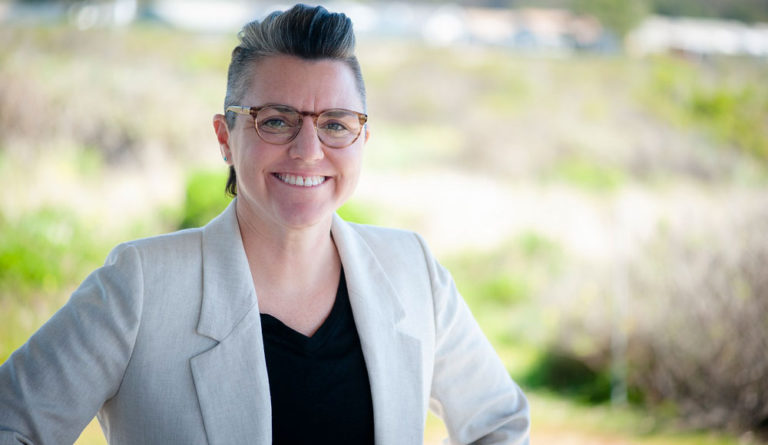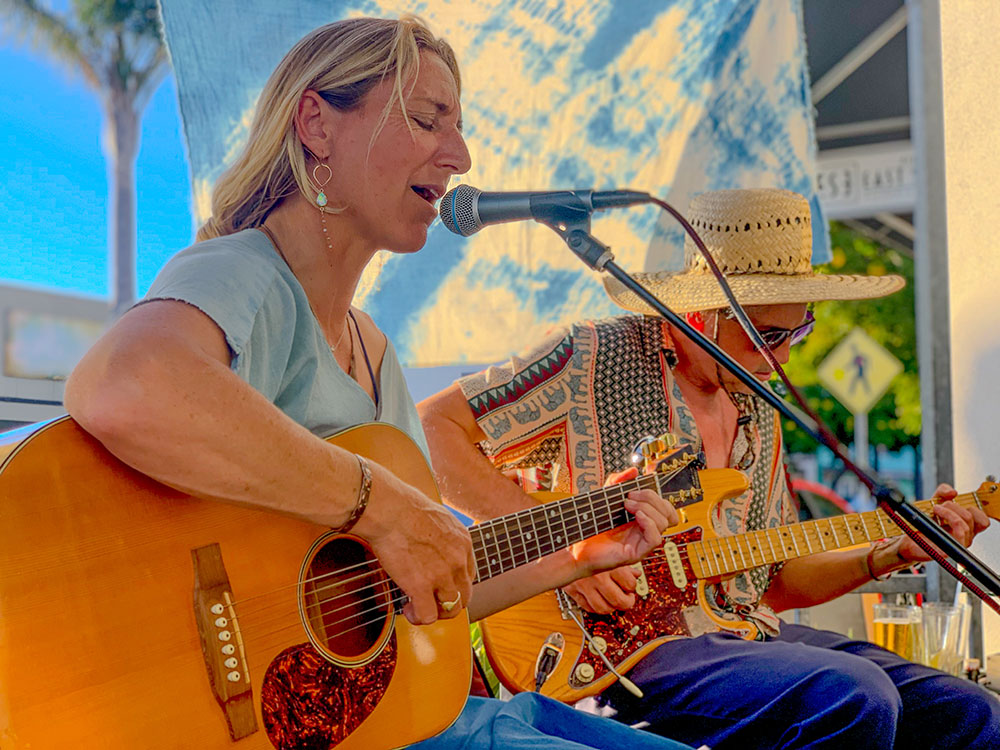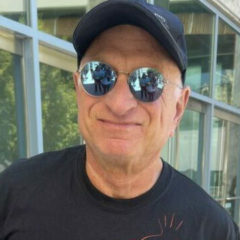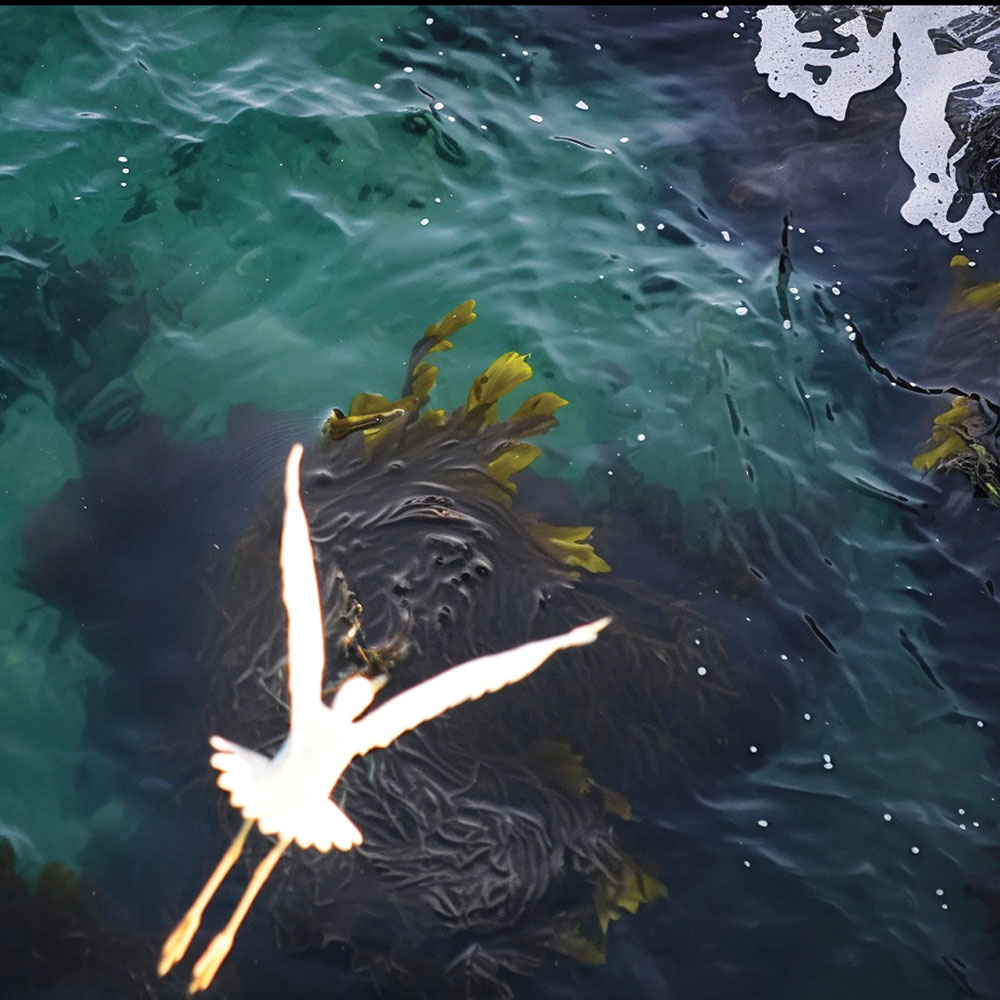New Music Works is at it again. The adventurous performances of the 2024-25 season swing into high gear on Nov. 9 with “Three’s Company,” a series of sparkling musical works involving trios.
Armed with a wild diversity of sounds, instruments and styles, the upcoming concert includes a trilogy of bongo drums by NMW veteran Steed Cowart. Trios by violins, trios by sopranos, even a trio that includes sonic contributions by a talented parrot.
From folkloric influences to inventive riffs on world music, this varied program is a perfect introduction for the newcomer to music written by living composers. And the exceptional level of performance will blow away the most savvy listener.
Having been attending New Music Works concerts for many decades, I can safely say that artistic director and guiding maestro Philip Collins has outdone himself in programming that opens wide the portal of transcendent musical experience. Listeners will find themselves experiencing auditory ideas that color outside the lines of expected melodic and harmonic boundaries. Music beyond borders.
Here’s an idea of what to expect from the ensemble of professional musicians performing a sparkling handful of short, musical episodes.
Three soprano soloists with deep roots in regional performance—Sheila Willey, Emily Sinclair and Jen Park—will present Alleluia, Amen, by Pulitzer Prize–winning composer David Lang. In the key of highly unusual, there’s Bird Trio, ‘at my window’ by Oakland composer Wendy Reid.
The composer herself will be on hand to perform on violin, in musical dialogue with recorded birdsong and percussion played by William Winant. The recorded bird collaboration showcases the sonic musings of Reid’s 17-year-old African grey parrot, Lulu.
An extraordinary riff on afterlife odysseys, Karma Passage, will be played on tenor saxophone by its virtuoso composer, Hafez Modirzadeh, a professor of world cultures at San Francisco State’s School of Music. A Grammy nominee and senior Fulbright scholar, Modirzadeh can tear up your preconceptions of how new American music should sound.
A wizard on saxophone, Modirzadeh will be joined by Stan Poplin on double bass and Jason Lewis on drums. Bold, eccentric and searing in its emotional power, this piece is as intense as it is memorable. As with every offering on this program, it’s best experienced live.
From the mind of prolific American composer Augusta Read Thomas, Grammy winner and University of Chicago professor of composition, comes Pilgrim Soul, performed by a trio of unexpected instruments: an English horn and two violins.
Known to be playful in her widely performed concert works, Thomas has been called “a true virtuoso composer” by the New Yorker. A sought-after composer-in-residence at orchestras the world over, Thomas avoids predictable outcomes in her compositions. The work chosen by NMW artistic director Phil Collins for this concert will be performed by violinists Shannon D’Antonio and Samantha Bounkeua with Peter Lemberg on English horn.
And yes, there’s more! From Bay Area composer Gabriela Lena Frank—whose fame just keeps growing, most recently due to her 2022 opera El Último Sueño de Frida y Diego—NMW has programmed Four Folksongs for Piano Trio, an interweaving of melodic motifs from Frank’s ancestral Peruvian homeland. The piece will be performed by Bay Area musicians Shannon D’Antonio on violin, Kristin Garbeff on cello and Jesse McMilin on piano.
Sonic experience to open your mind to the potent pleasures of new music.
New Music Works Concert II: Three’s Company takes place at 7pm on Nov. 9 at Peace United Church of Christ, 900 High St., Santa Cruz. Tickets: $20–$35. newmusicworks.org

























